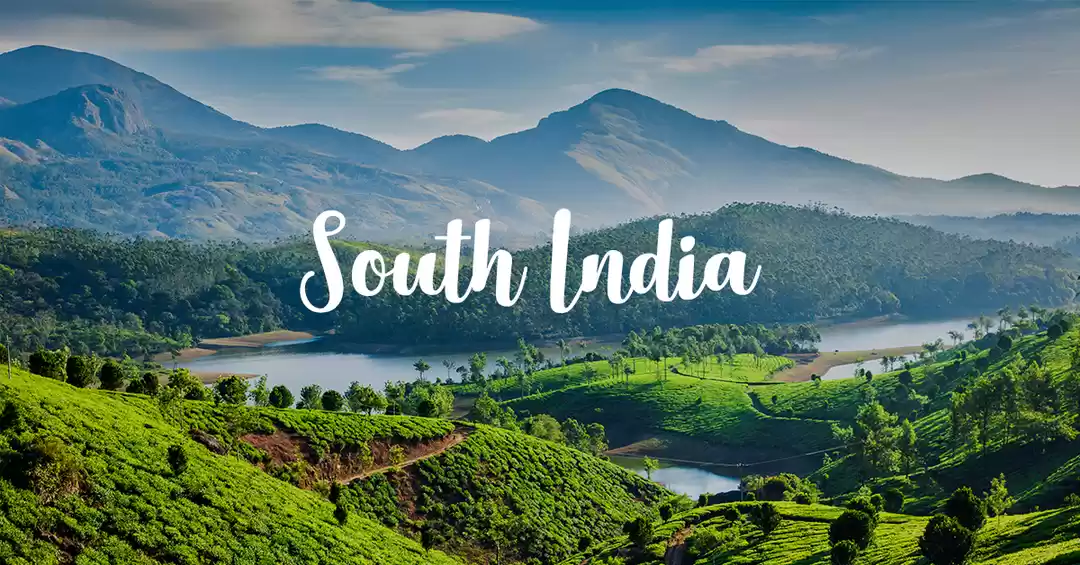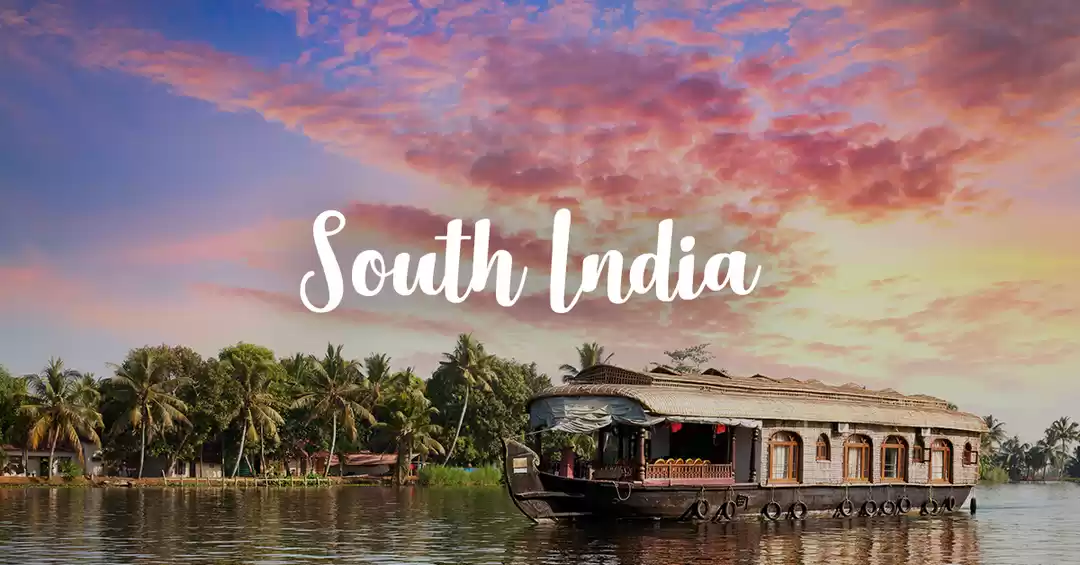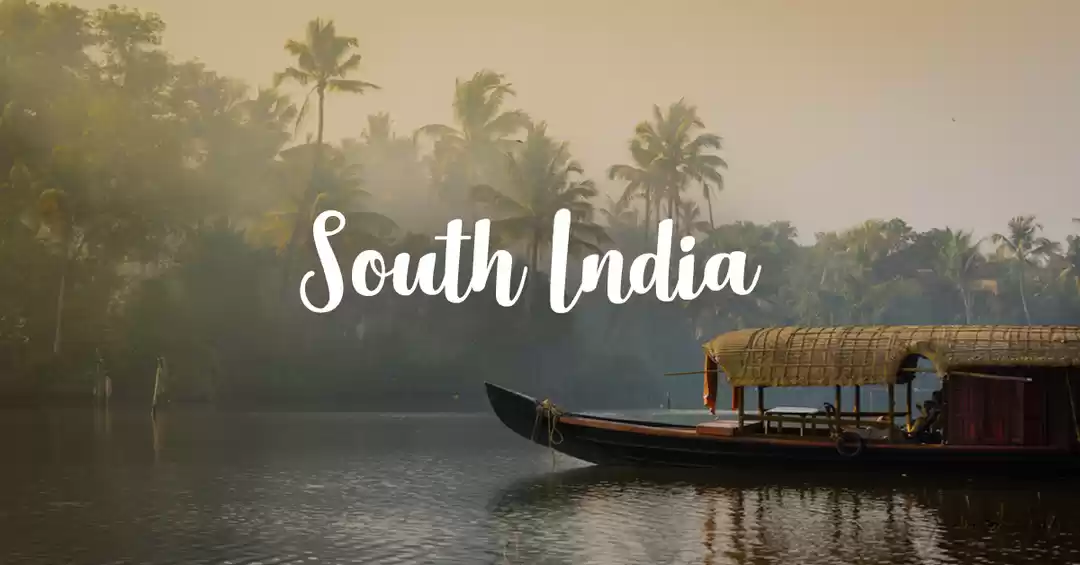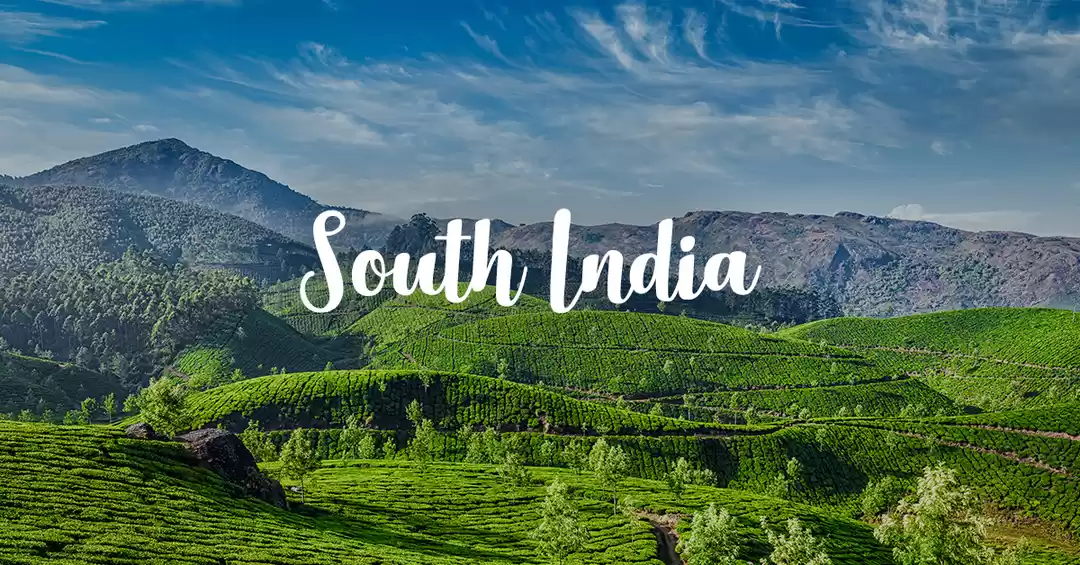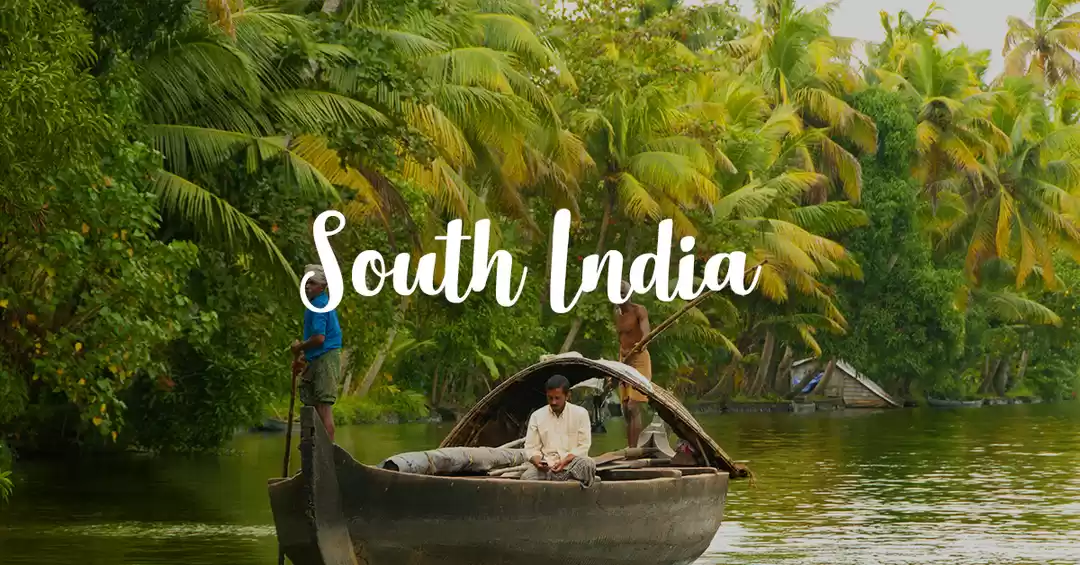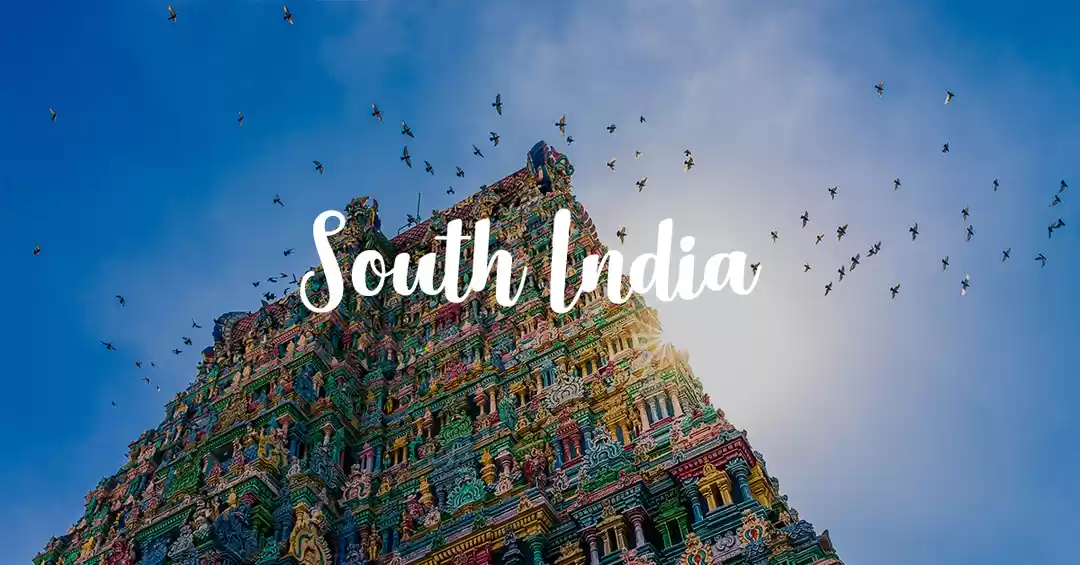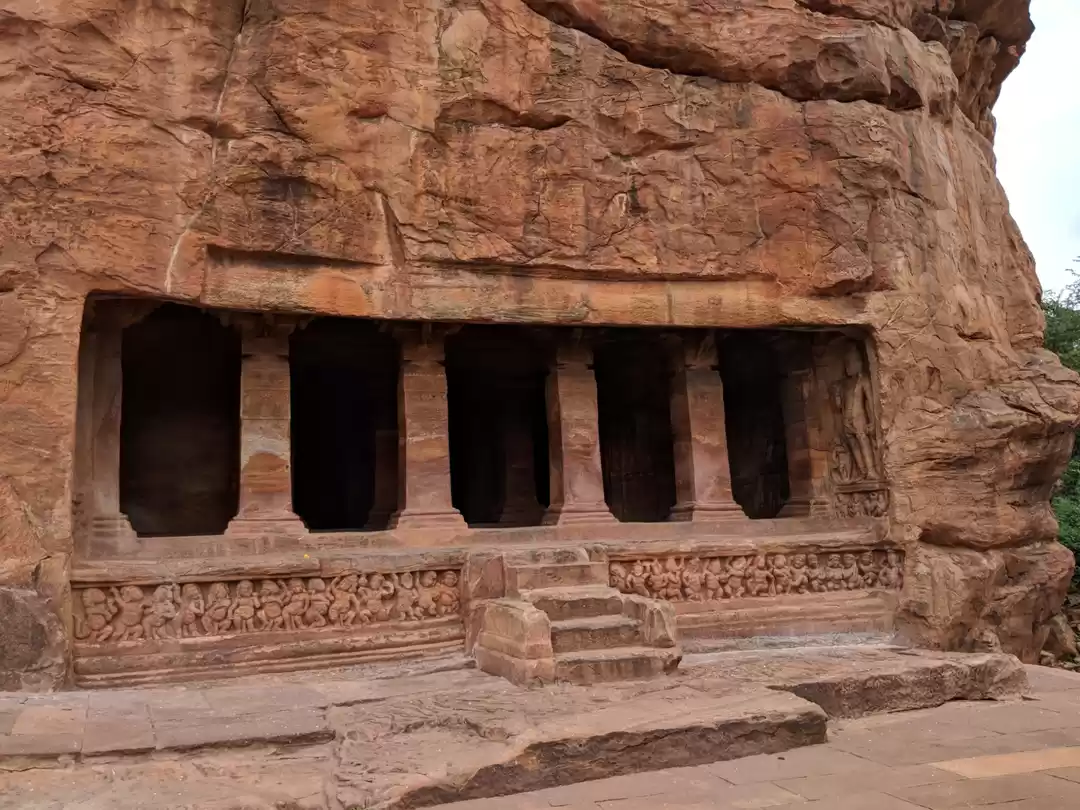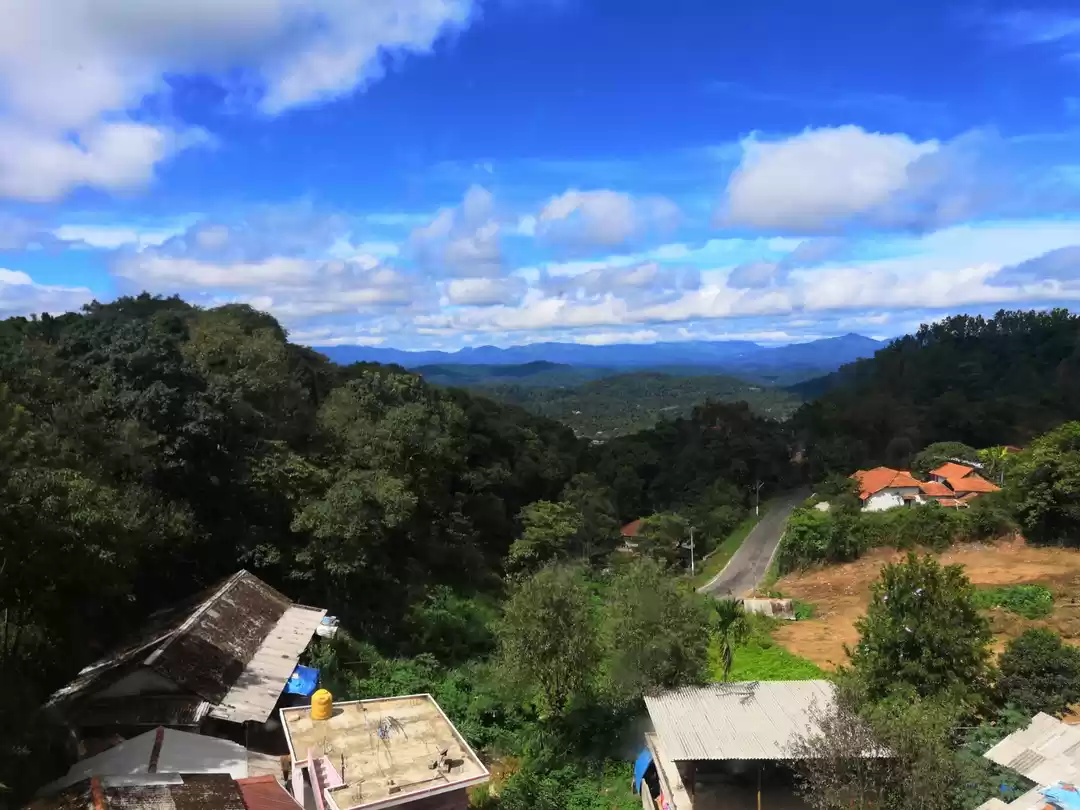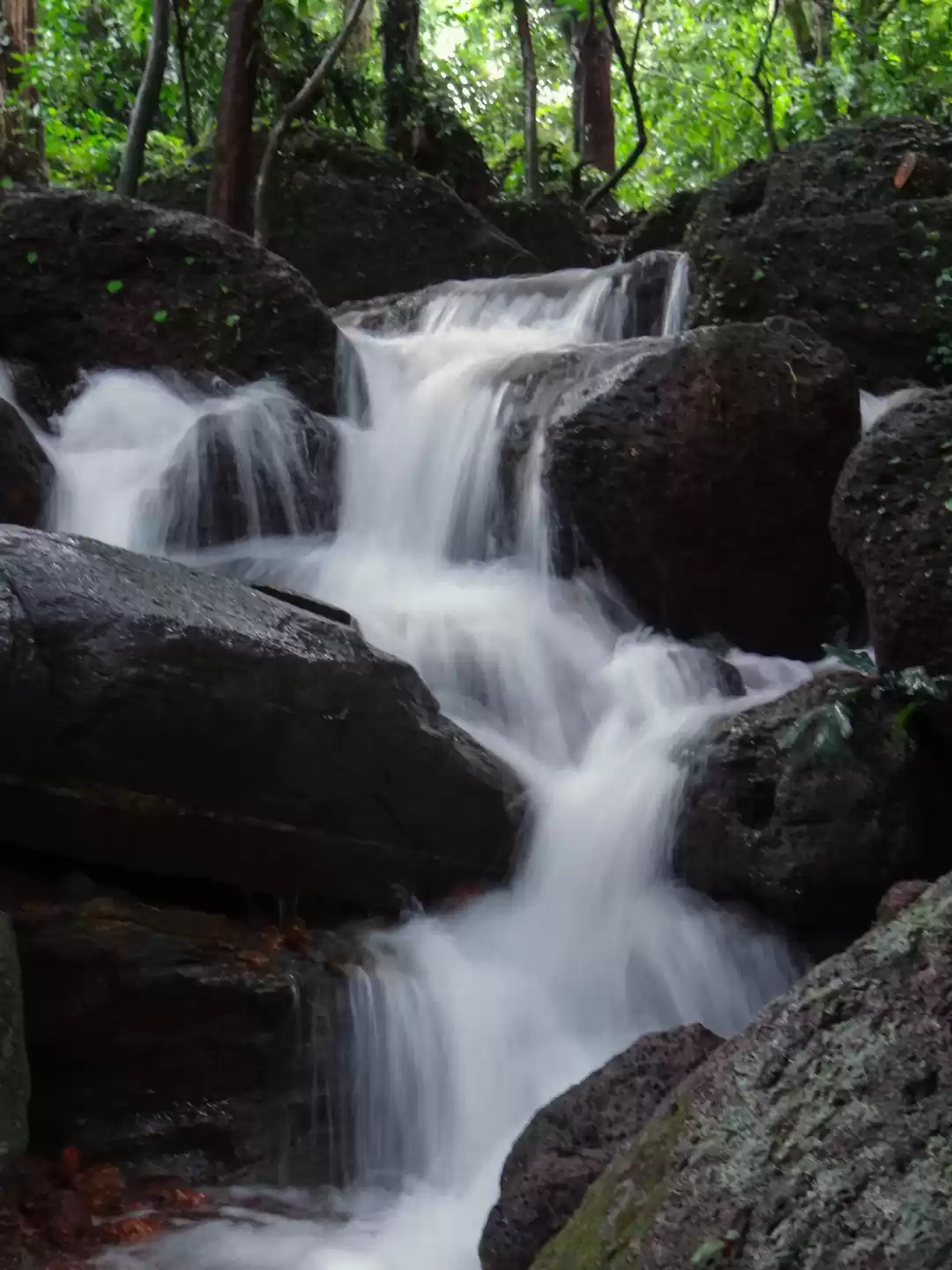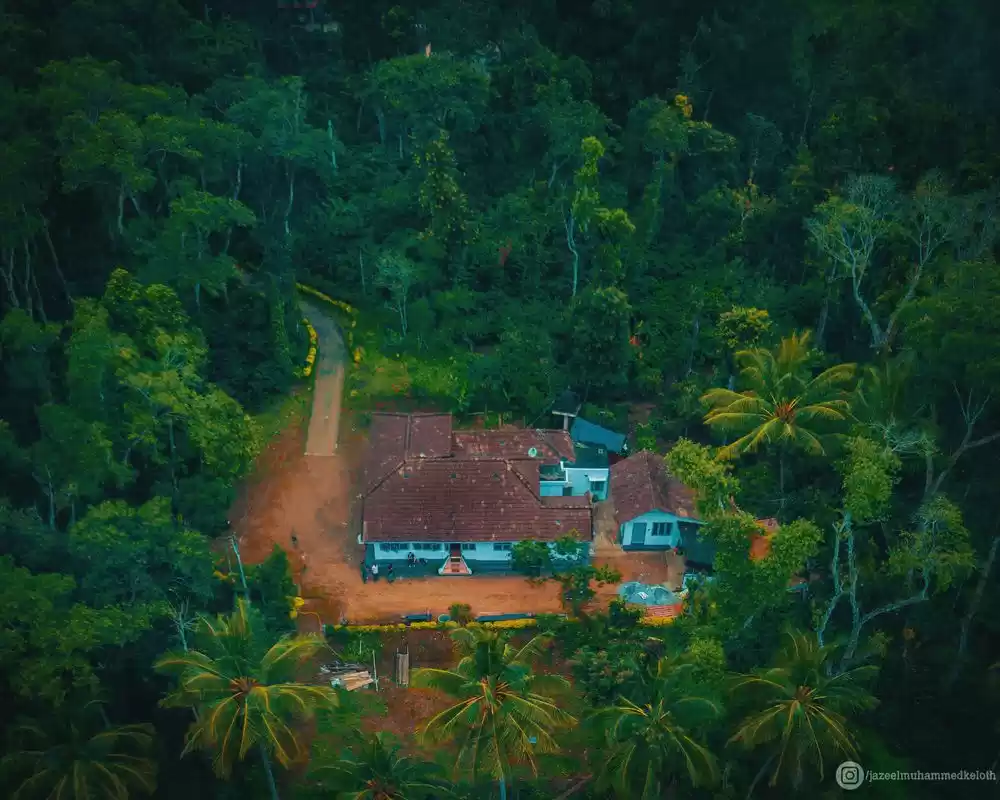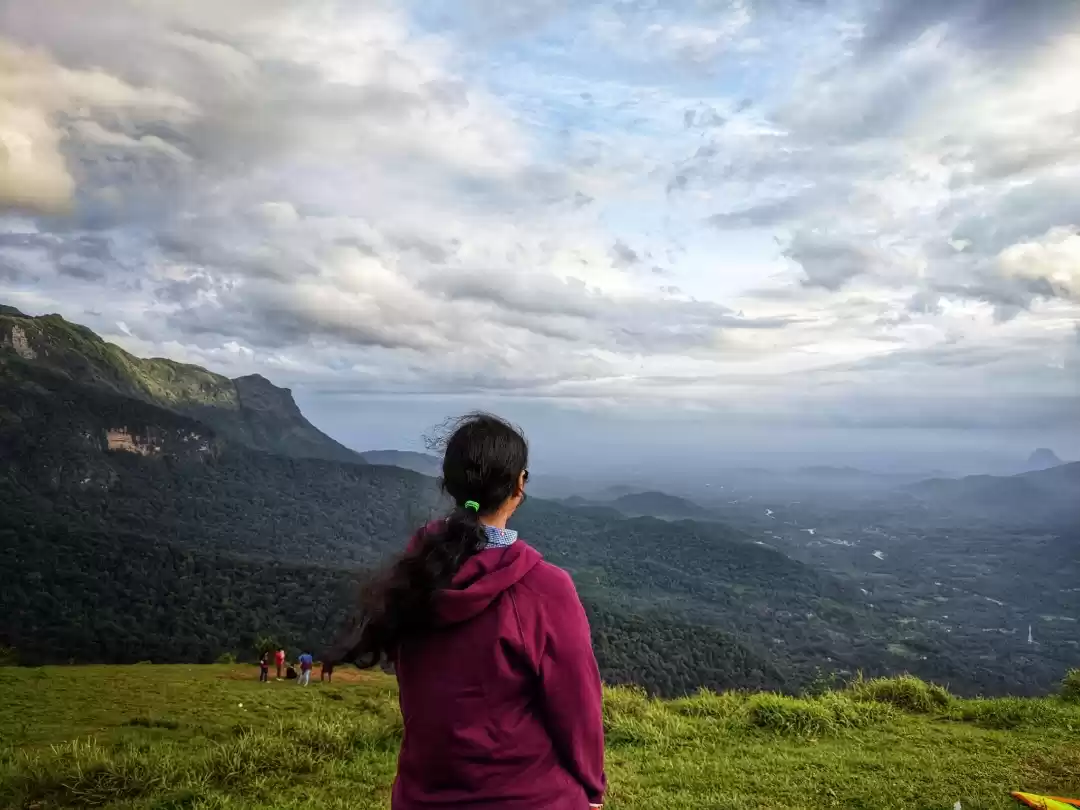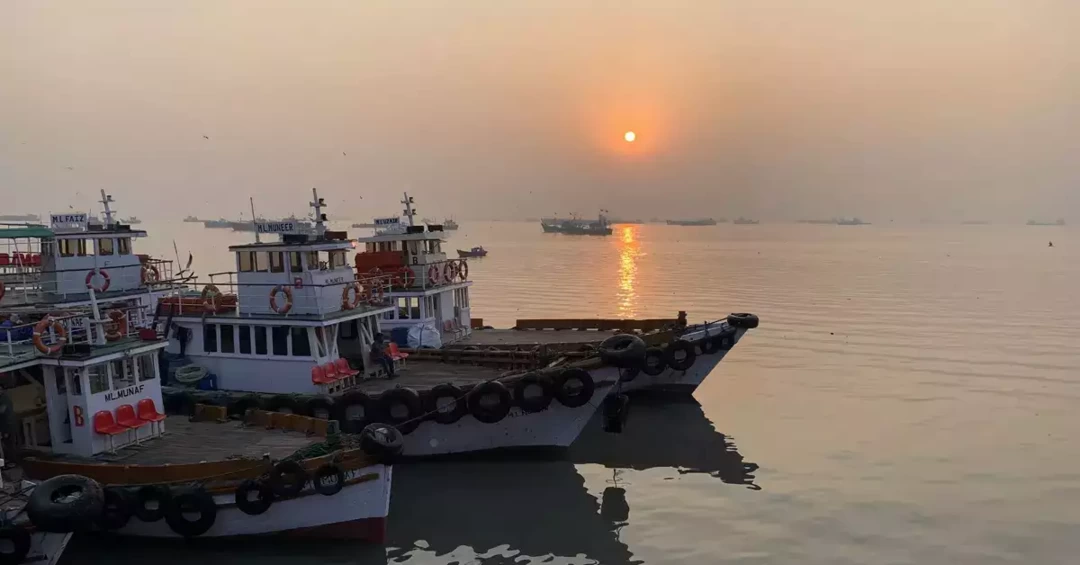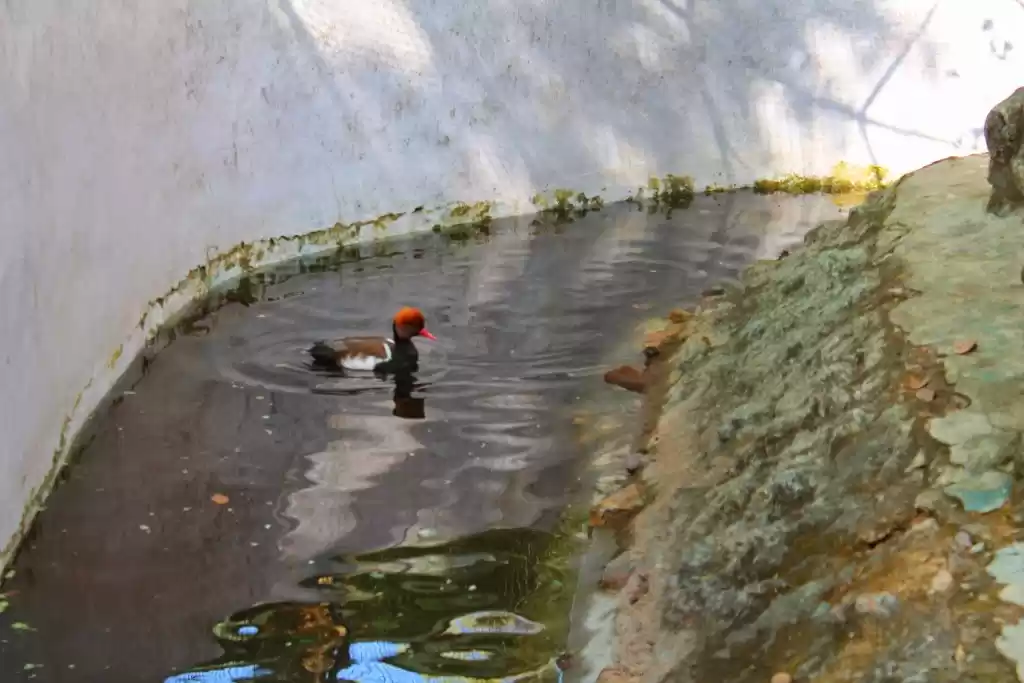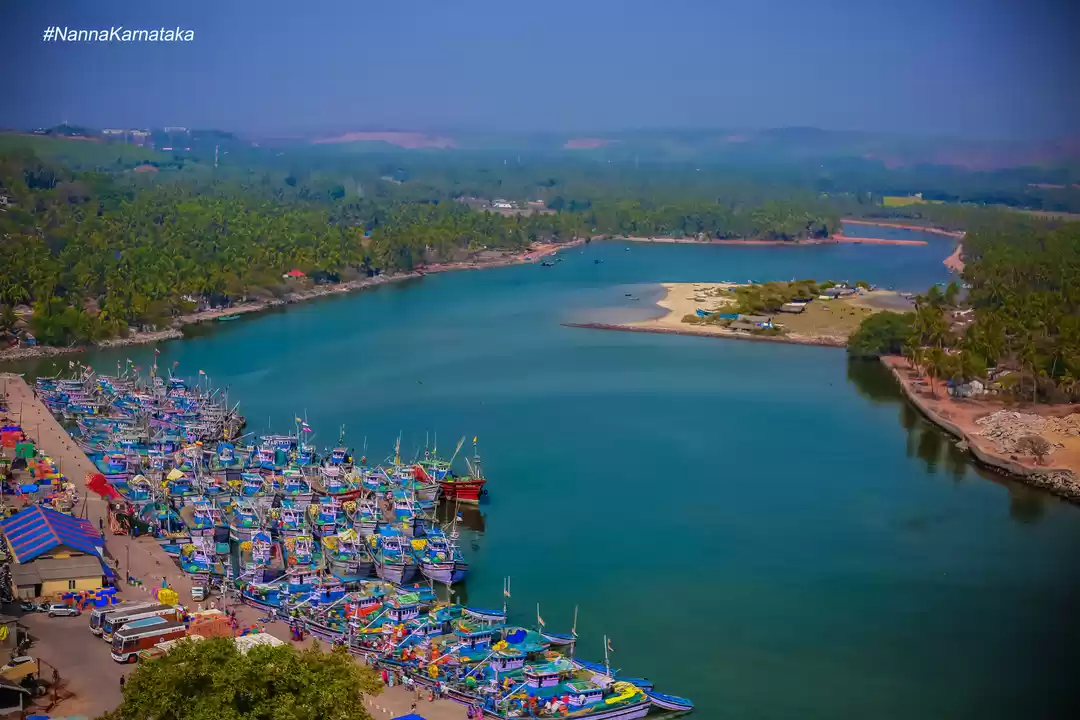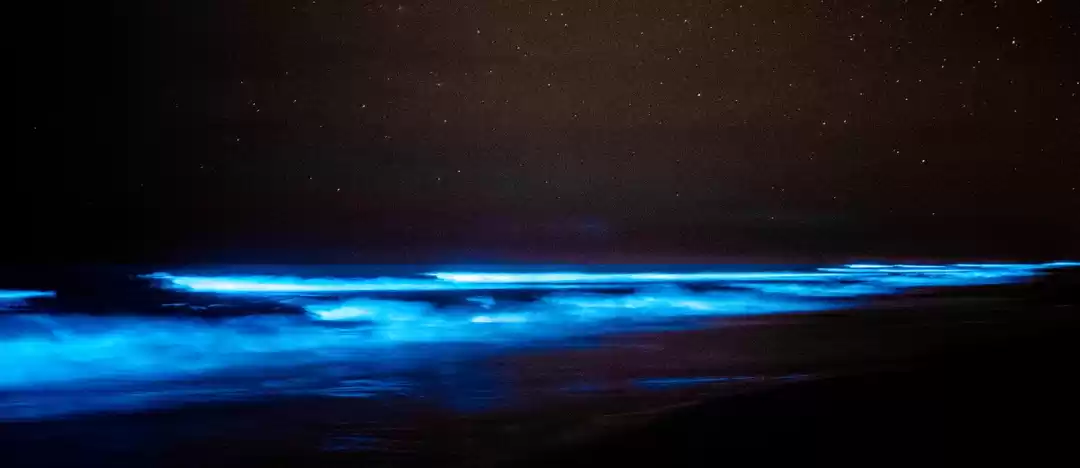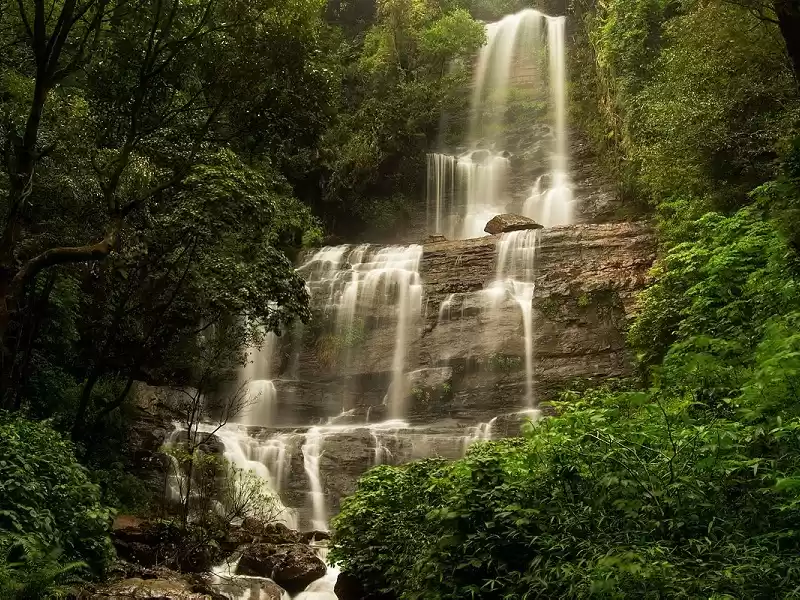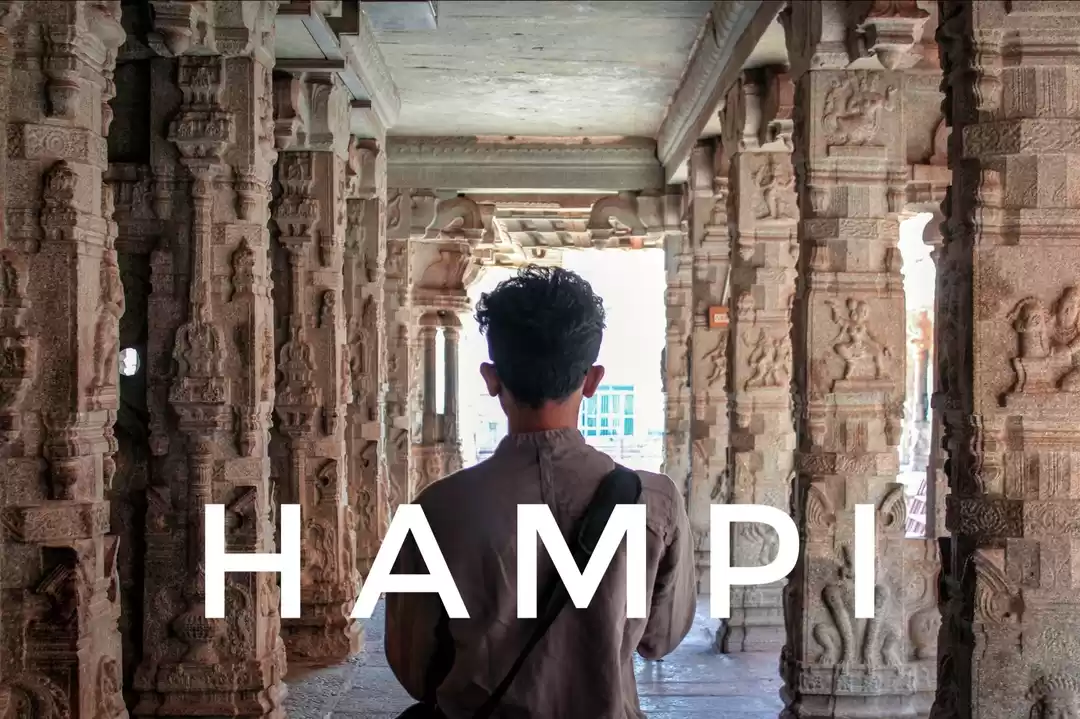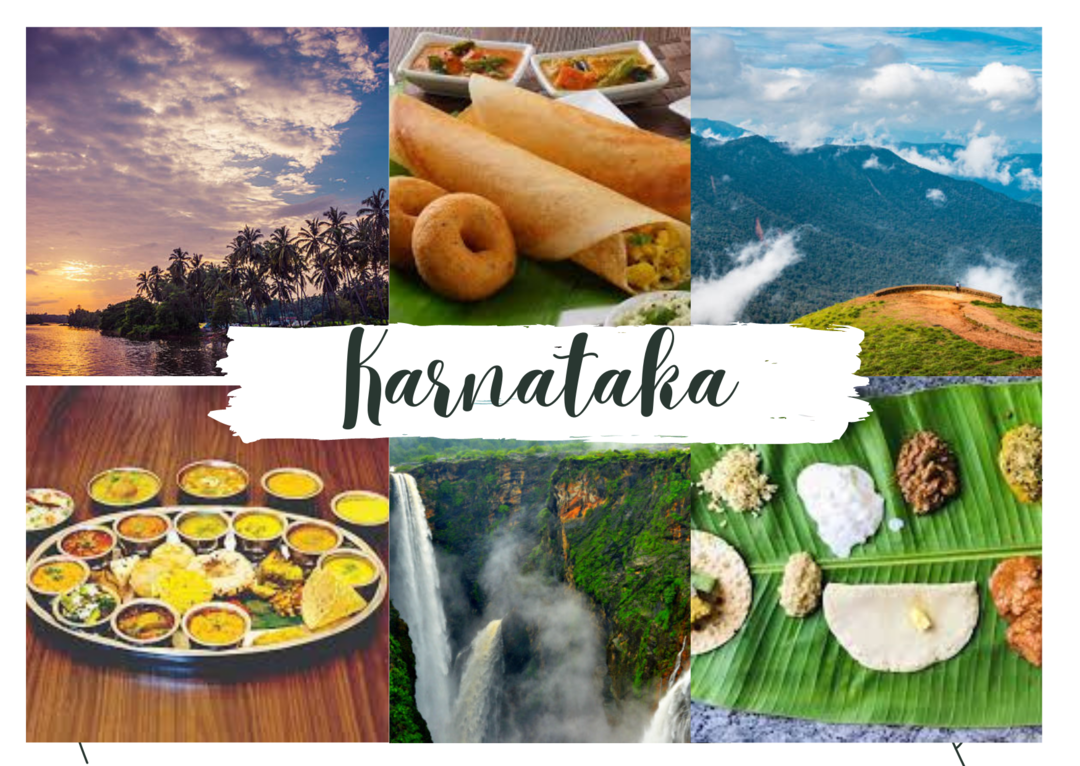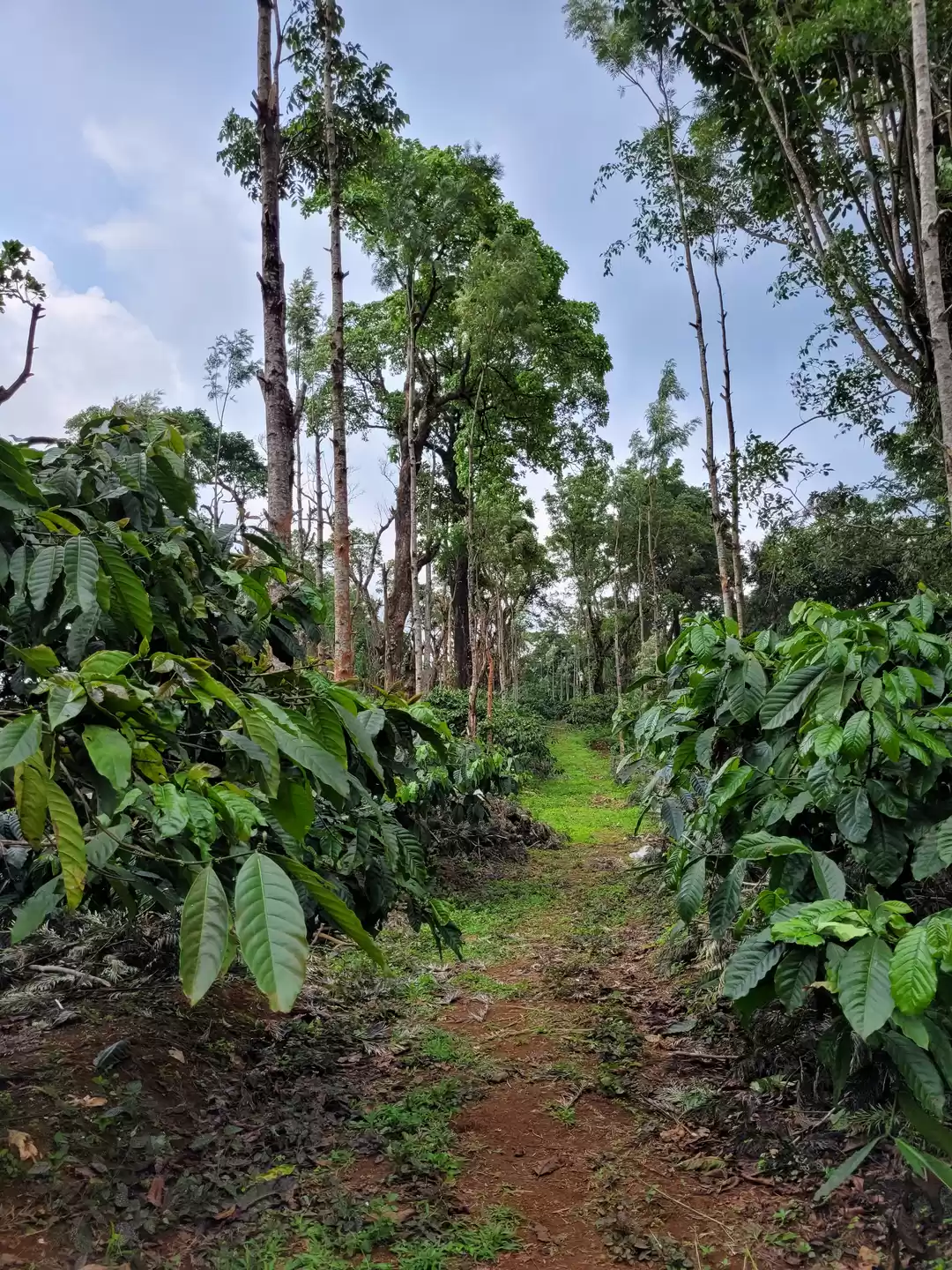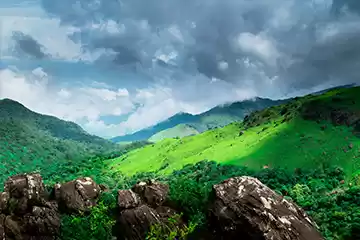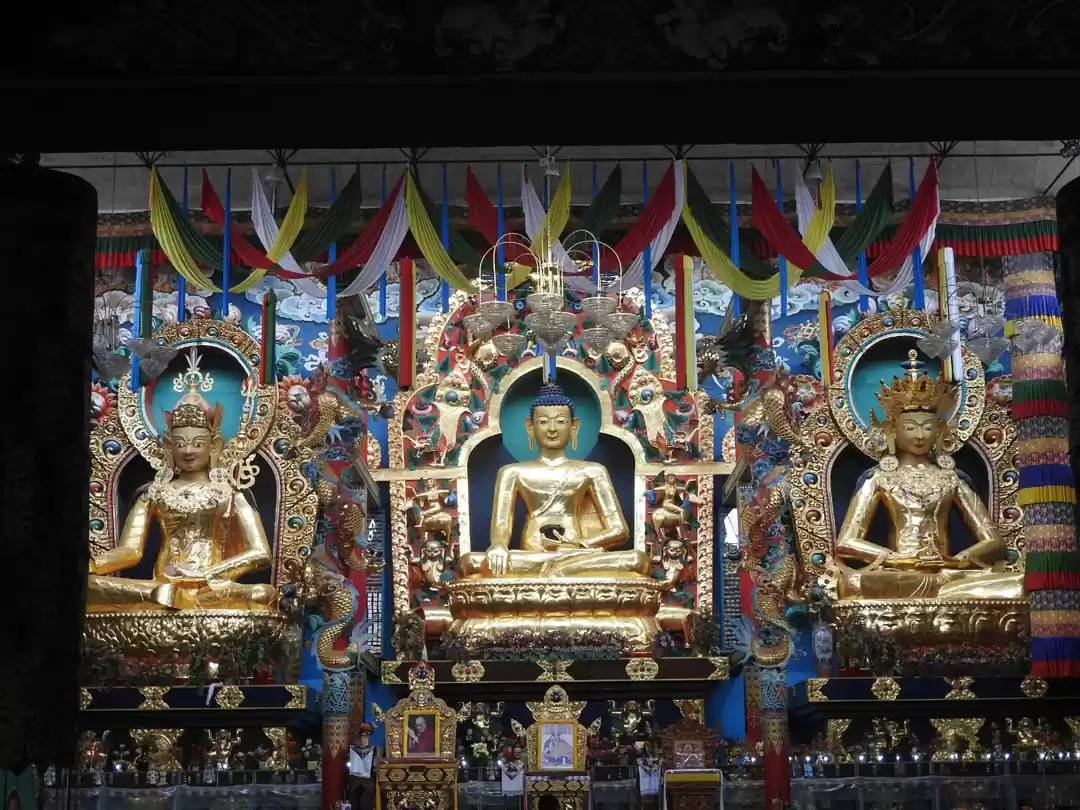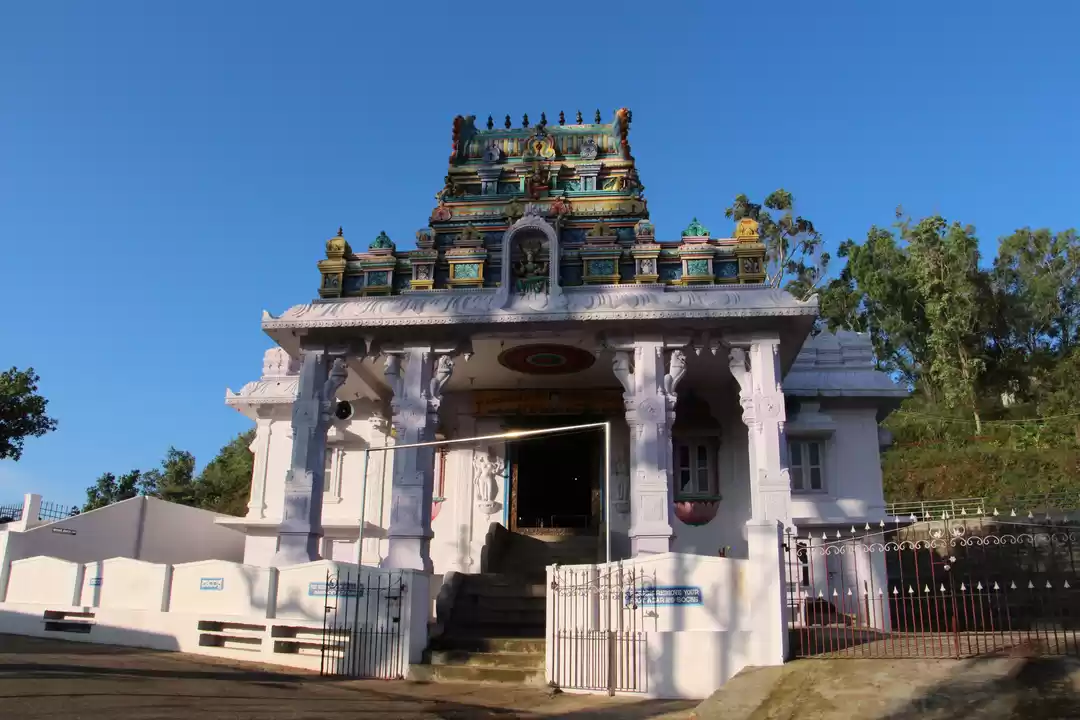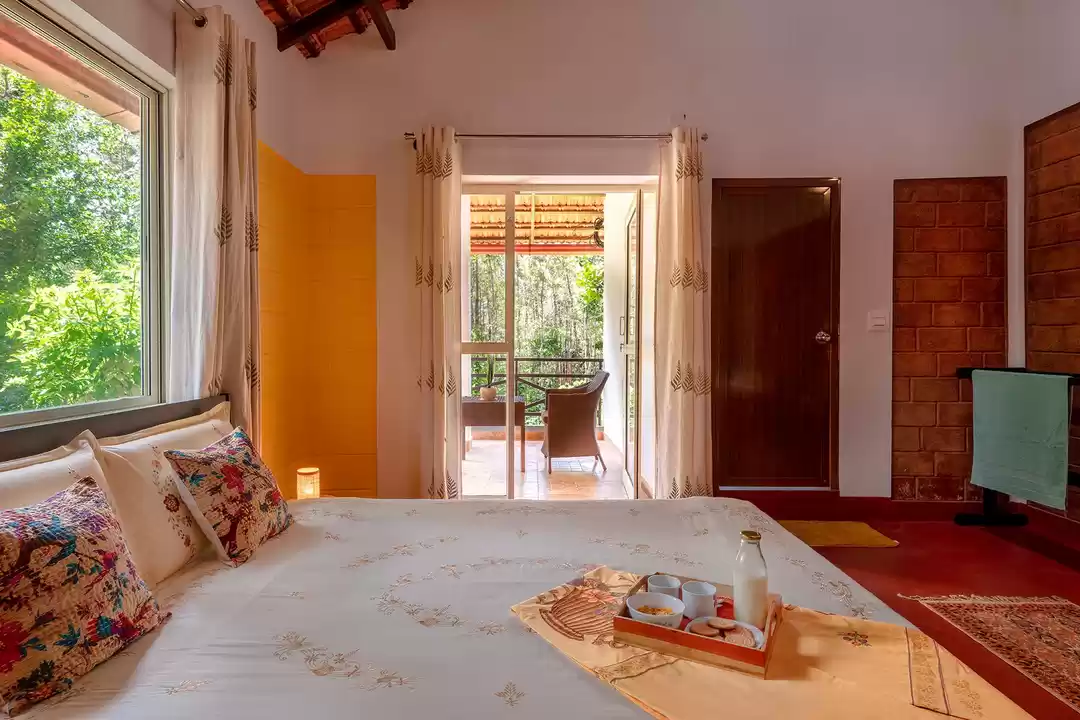Kodaimelanadu or Kodagu or Coorg: the name itself conjures up images of verdure - gushing cascades, babbling brooks, green hills, gorgeous dales, gurgling rivers all together flaunting the munificence of Mother Nature. Oh! Add coffee plantations to it. A compulsive coffee drinker like me cannot find a better place than Coorg, for a sip. After an hour of drive from Mysore our chauffer announced that we are entering Coorg.
The scenery is mesmerizing. The winding roads take you through a maze of greenery. At every labyrinthine, you meet a collage of colours which explode into shades of greens, browns and yellows. The roads seem to have no particular destination. They just lead you from one part of paradise to another. As we squint though the green fabric, we pass plantations of coffee, cardamom and pepper which merge with forests, foliage and fauna. There are no villages, no people, no shops, and no cars. We deliberately slow down to take in the moment. It is an ode to nature and no wonder it has been attributed the sobriquet, Scotland of the East.

Coorg is all about coffee with a fair amount of cardamom and pepper thrown in. As we drove in, the sylvan surroundings hit us. Our destination is Siddapur.
After following the directions of Orange County signage the car finally entered resort. After a rest of a few hours in the lap of nature, we decided to take a detour of this secluded paradise. The whole district seems a tree shadowed coffee estate, dotted with few market places with speedy bars, pork shops and elegant vegetable displays.
As we travelled, we grew wiser about coffee: its history, it getting smuggled into India and the difference between arabica and robusta. There was an overwhelming feeling of seclusion, where from a distance you can spot a coffee pod, but it is difficult to spot your immediate neighbour.
All this time, I was in a click frenzy mode to capture the intricacies of nature. Coorg is a paradise for bird-watchers and accounts for nearly 25% of the avian population of the state. I knew my day was well made. Our guide announced the names of each and every bird. At times he replied their calls in a simulated tone. After spending few hours, trying to know the avian diversity of Coorg, we headed towards the splendid Abbey falls. Tucked away between private coffee and spice estates, Abbey Falls offers a splendid backdrop for a weekend picnic. As one makes the way, past stocky coffee bushes and tall trees entwined with pepper vines, the falls make a sudden and dramatic appearance as they cascade their way down steps into limpid pools to join the river Kaveri. A combination of unprecedented rain of the previous night and steep path had made the trek difficult. An army of clouds had enveloped the hill, a sight worth beholding. This short visit enlivened our desires to closely know this kodava land.
I didn't hesitate to try some Kodava food on my way back to the resort. The central piece of Kodava cuisine is meat, with a fine underpinning of rice. I tried the irresistible Pandi curry, a subtle pork dish, cooked well by adding a local fruit, Kanchampali. This mouth watery dish represents the specialness of Kadava dish and is hard to find outside Coorg. The dry spices are roasted before grounding them, giving a toasty flavour to the thick curry. I know I am a foodie, and a big one; after having a tummy-full Pandi curry, I had desire left to feast on 'obbittu' and 'neeru dosa'.

I returned to my luxurious cottage after having a nice detour of the place. It was dark by then, and the sky was clear. I stepped out of my room and walked towards the woods, on a stretch of road with no artificial light. The moon shone brightly and the trees were laden with millions of fireflies, the woods seemed decked up for some fat Indian wedding.
This was my first trip to Western Ghats, and was very enthusiastic to unravel what trekking in Western Ghats, held for me. Next day, at six, in the morning, I sprang from my bed to go deeper into the mist laden verdant hills. Murthy, our guide ushered us through a forest which abuts the resort. It was Dubare reserve which encompasses an area of 50,000 acres - the home of the pachyderms. Majestic rosewood, teak and other hardwood tree species stood around us like sentinels. Giant parasitic vines (that uncannily resembles monstrous creatures) swathed around large banyan and other trees in a macabre bond. The forests kept getting thicker and more enchanting. That, to me, was the most interesting leg of this trip; walking fearlessly in the forest, brushing against the small vines and lop branches out of way, constantly hovering around eyes to spot any wild animal, marking the footmarks of the elephants.....ah! it was enchanting.

We walked down to the river Kaveri, the river flowing unmindful of the inter-state row over her waters. We got seated on a coracle, to drift on the green waters, gauging the moods of the river and the pristine surroundings.
'Sir, apart from this beauty, Coorg is gifted with a very rich history' our guide said
On insisting to tell us the history, he told 'The British gifted coffee to Coorg. The first estate was established way back in 1850s by an Englishman John Frawler. Along with coffee, pepper abounds here, growing as a vine allowed climbing the shade trees. Coorg pepper is considered to be the best in the world, sir'. He then told us about the invincible Kodava people. 'Coorgis are said to be residents of Greeks' he said proudly. 'Neither Tipu Sulatan, nor the british could conquer this land' he added
Coorg has a long history of battles; the Madikeri fort is a living testimony to that. Built first as a mud fort by Mudduraja in the last quarter of the 17th century, it was later rebuilt in granite by Tipu Sultan who named the site as Jaffarabad. In the north-east corner at the entrance are two life size masonry elephants and a church is present in the south-east corner. The fort offers panoramic views of the city from its walls. The centuries old Madikeri Fort with its stone ramparts also houses a prison.
Among the other architectural treasures that Coorg boasts of is the Omkareshwara temple built by king Lingaraja in 1820, in a mosque-like style, with an impressive central dome and four minarets, which are surrounded by Basavas, or sacred bulls. On the top of the dome sits a gilded ball with a weathercock.
Another splendid place to see is the Raja's seat. It is a small pavilion with a garden surrounding it; offering a view of the green valley below. As the legend goes, the kings of Coorg spent their evenings here along with their consorts. The spectacular view from here of the melting sun, parrot-green fields and the far stretching mountains will take one's breath away.
We returned to the Orange Country Resort, a little break from this oasis of tranquillity. We had to pack for Bangalore the next day. The last Kodava dinner by the lake under the bright sky was waiting for us: a luxuriate setting created by candles, stars and sounds of silence.
The next day I packed off our things with a pack of aroma rich Coorg coffee. I have etched my thoughts somewhere in the greenery to collect it in the days to come.
To Reach: Madikeri is the nearest bus station. There are frequent buses available from Mysore, Mangalore and Bangalore to Coorg.
To Stay: Staying is not an issue in Coorg. For luxury vacations one can try the Orange Country Inn, there are budget hotels available as well. For a completely different experience, try a home stay.
(This travelogue was published in The Hindu: http://www.thehindu.com/features/metroplus/travel/enveloped-in-nature/article5931049.ece
Republished in Travel section of Indian Diaspora: http://theindiandiaspora.com/news-details/travel/subprimary_news/celebrating-the-bliss-of-coorg.htm)
This trip was originally published on Hand of Colors.
Frequent searches leading to this page:-
coorg holiday packages for couple, coorg holiday packages from delhi, coorg holiday packages for 2 days, coorg holiday packages with family, top coorg holiday packages with family



